New Tivoli SongBook range adds function and style to the portable speaker
Tivoli Audio introduces the SongBook and SongBook MAX, two new streaming speakers with a rugged, retro style
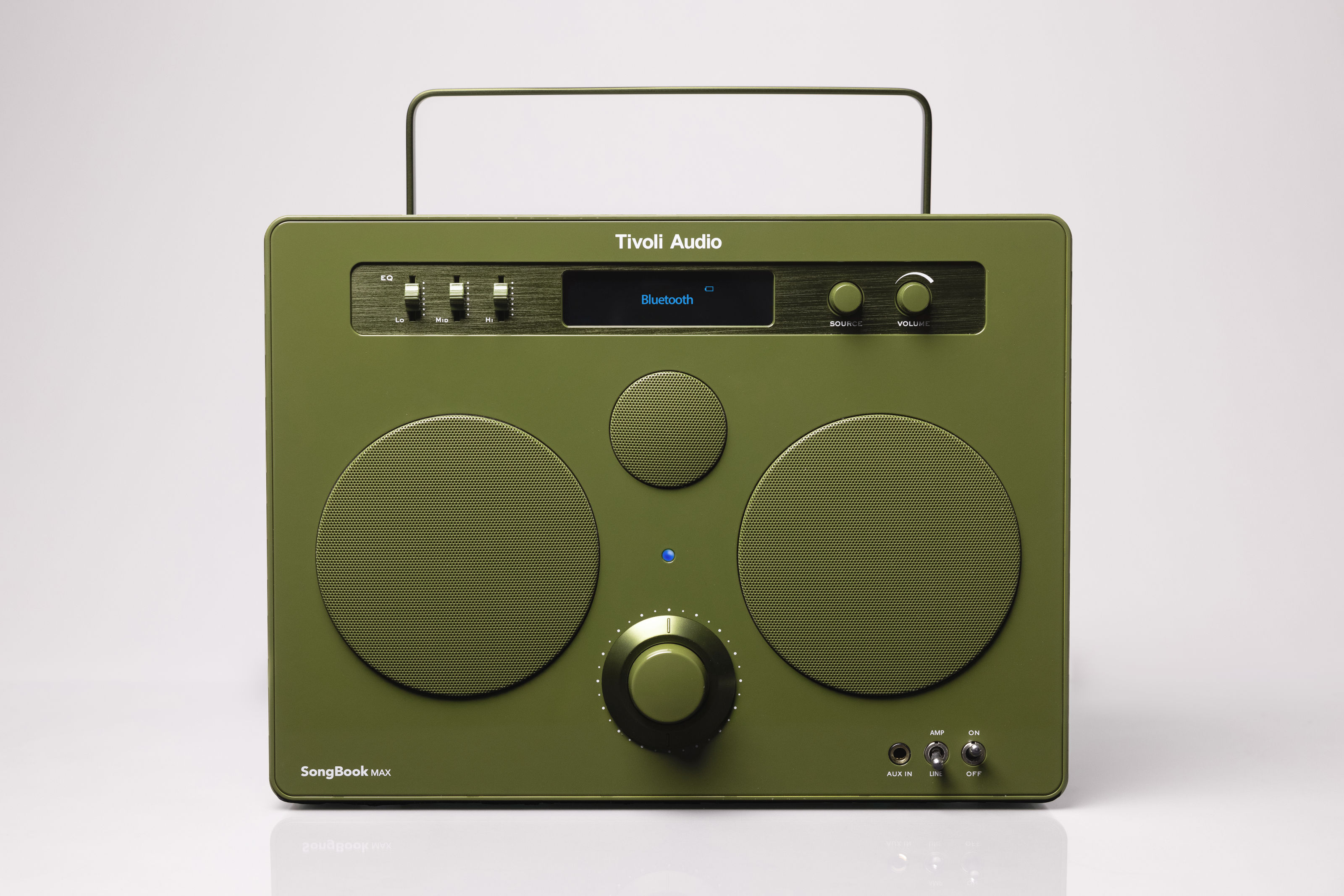
Tivoli is an audio company with a strong sense of identity. Since it was founded in 2000, you’re most likely to have experienced the company’s wide range of radios, music systems and portable speakers in high-end hotels – including Ritz Carlton, W Hotels, and Soho Grand – where they’ve become the brand of choice for in-room entertainment.
This month, the American company announces three new products, the SongBook and SongBook MAX, along with the enhanced Model Two Digital speaker.
We spoke to the company’s designer and CEO, Paul DePasquale, about the new releases. ‘I’m always looking for ways to take the company to a new place,’ says DePasquale. ‘A lot of Bluetooth speakers on the market share the same DNA. What are new customers looking for?’
New SongBooks from Tivoli Audio: ‘fun and simple’
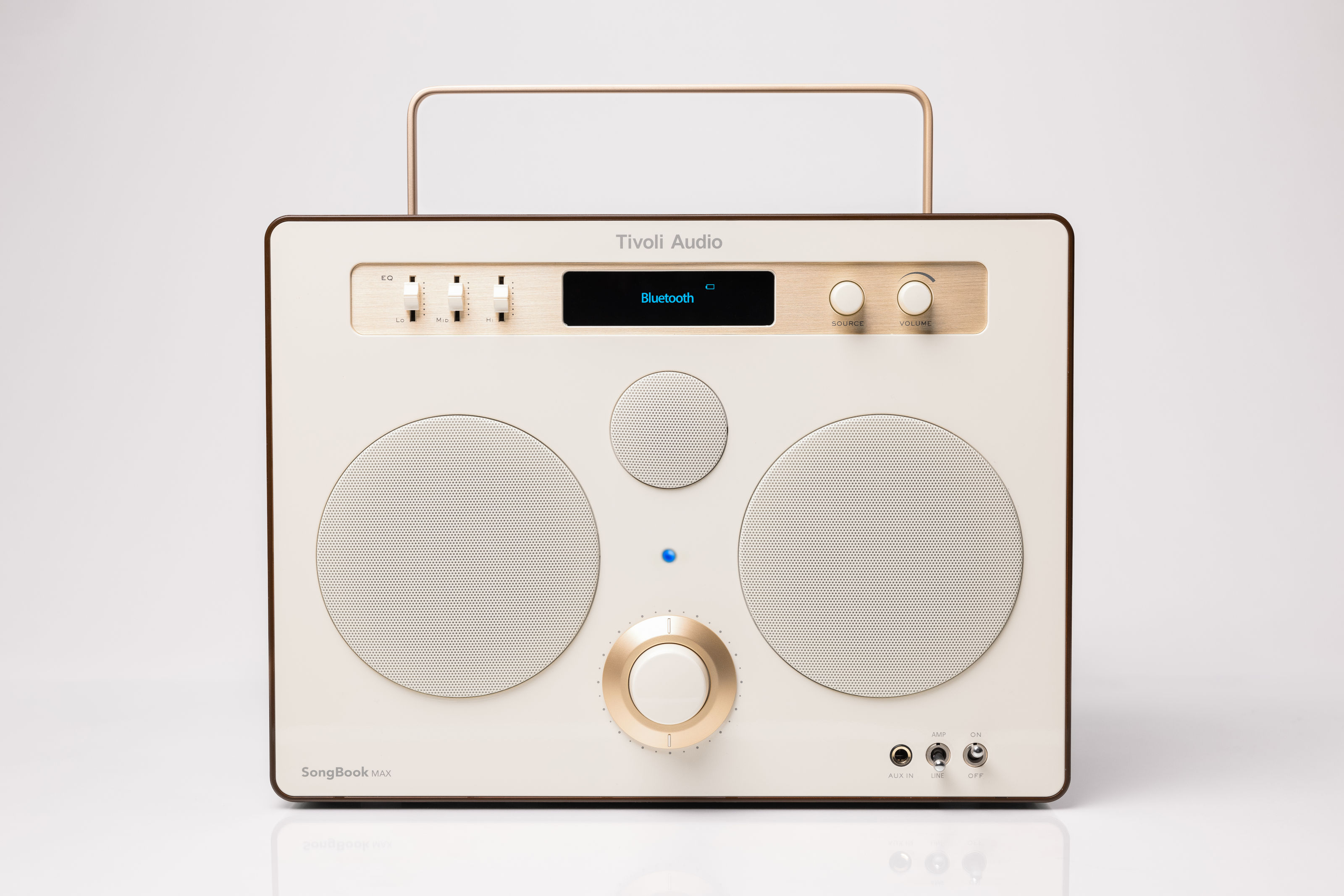
SongBook MAX by Tivoli Audio
The answer to this question is hopefully the new SongBook and SongBook MAX, portable wireless speakers (and in the case of the MAX, a DAB player) with added functionality and bold, standout styling. ‘They’re effortless, fun and simple,’ the designer explains, ‘both in terms of style and how you use them.’
Part of the journey to this boombox-style form factor, which also has hints of 1970s hi-fi and rugged military equipment, is Tivoli’s belief that subtlety is essential, and loudness and bass aren’t the only way to define a speaker’s quality. ‘Once they listen to a SongBook they might realise that they’ve been listening to music wrong – with too much bass,’ he says.
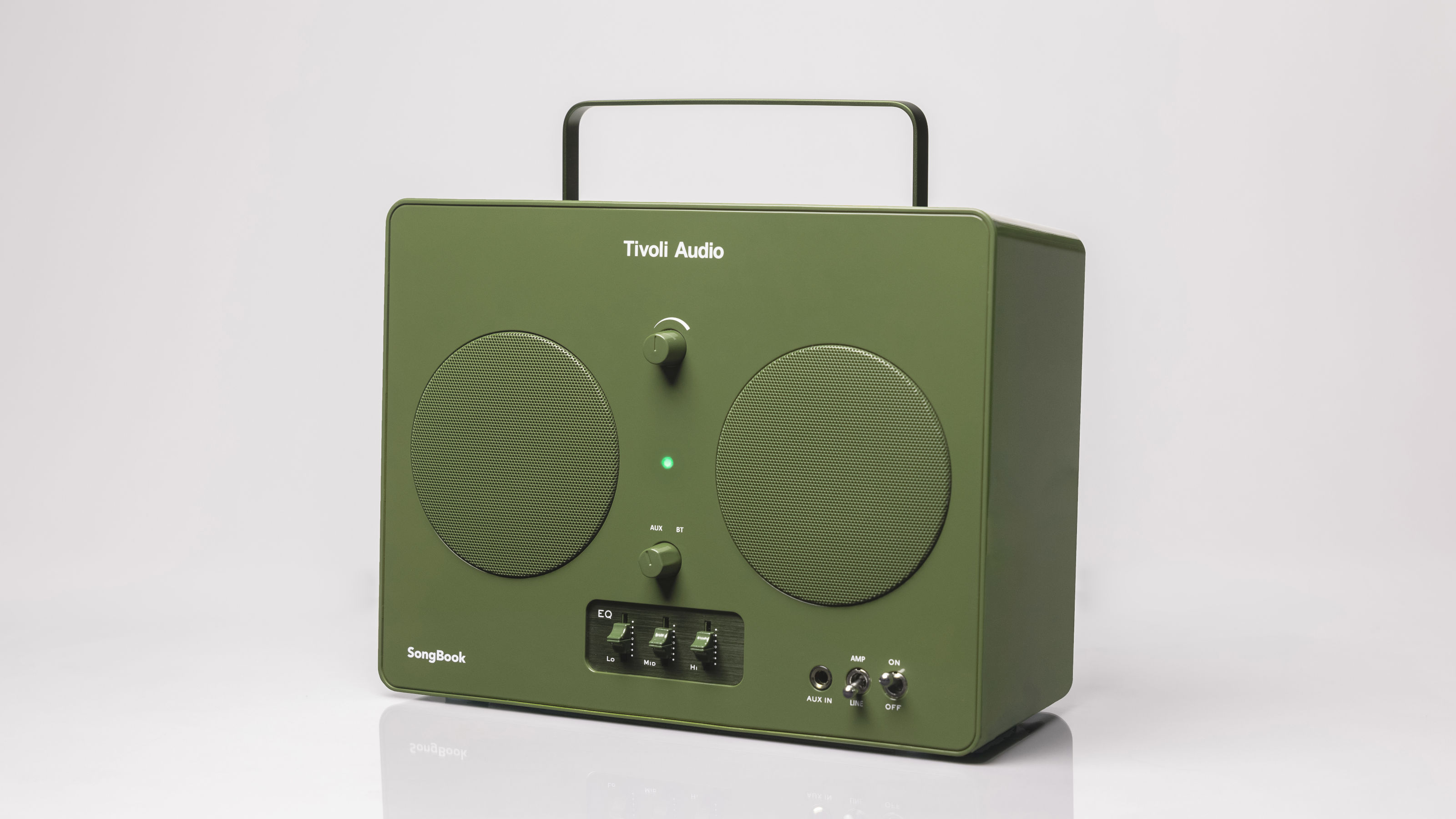
SongBook by Tivoli Audio
A long lifespan is also targeted. ‘If our customers can feel and see the quality, then the price doesn’t matter as much,’ DePasquale explains. The folding handle and telescopic aerial are both nods to an earlier era, as is the SongBook’s rugged styling and capability for repair and renewal. ‘We’ve always offered long warranties, but we also do repairs and even replacements,’ DePasquale explains. ‘We have loyal customers as a result.’
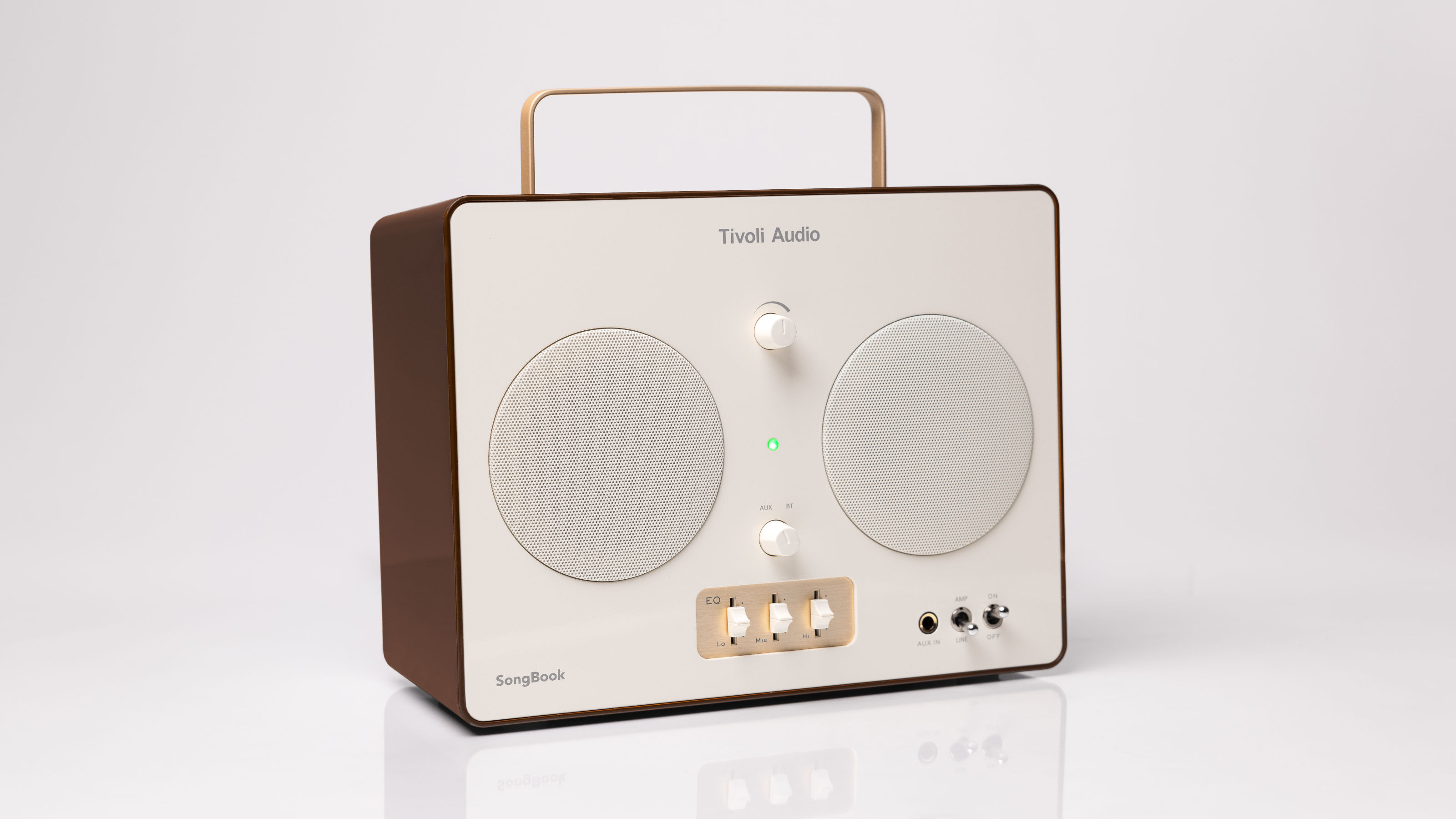
SongBook by Tivoli Audio
As for aesthetics, the two SongBooks make a welcome change. ‘I really dove into vintage appliances, like TVs and old car stereos,’ says DePasquale. ‘It’s also quite unusual for a Bluetooth speaker to have an auxiliary socket, but it means you can plug in a turntable or even a guitar.’ Two colourways, green and cream, are another nod towards an earlier, more, robust era of consumer goods.
Receive our daily digest of inspiration, escapism and design stories from around the world direct to your inbox.
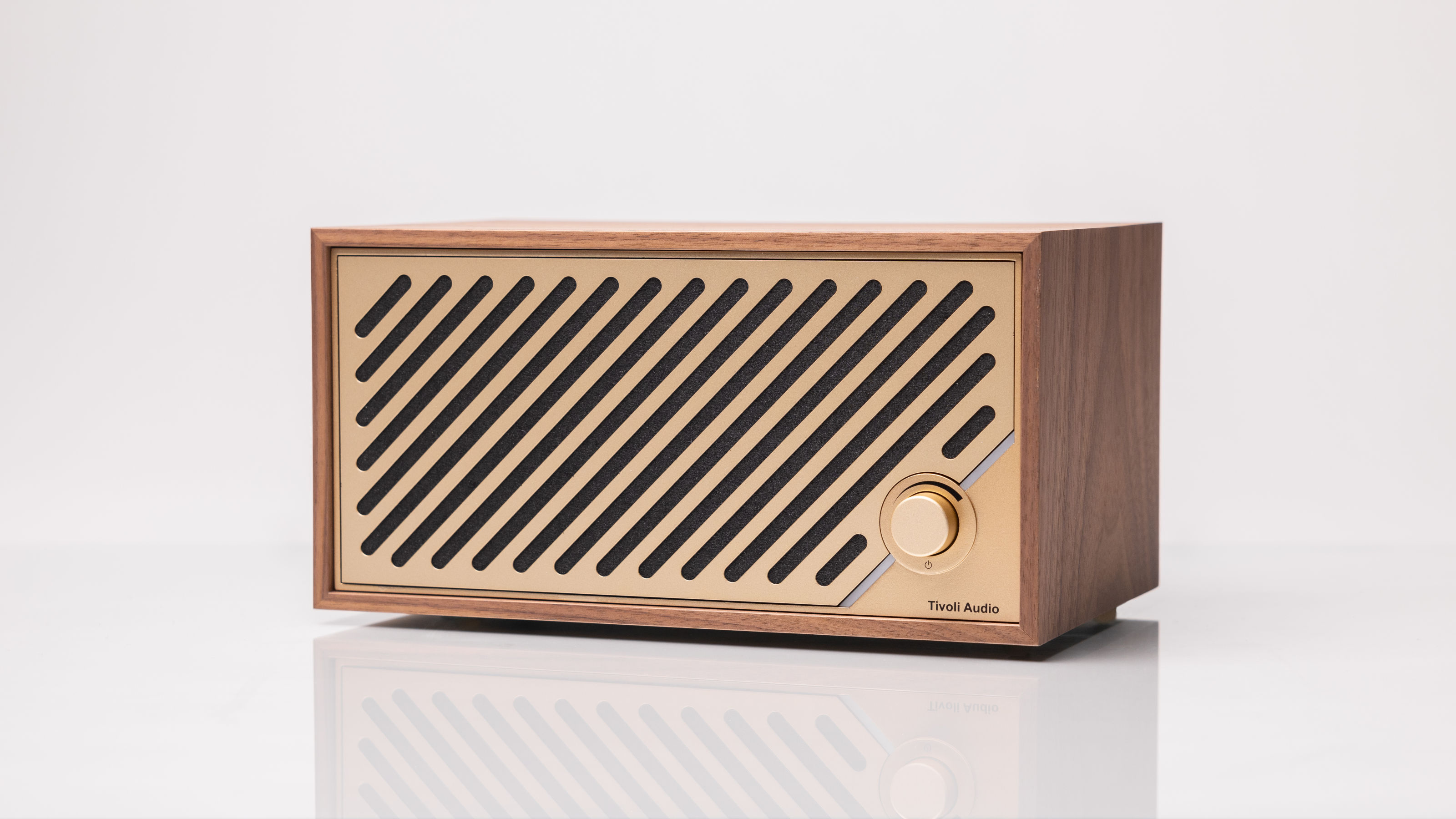
Model Two Digital by Tivoli Audio
The SongBook incorporates two speakers, as well as the ability to take in an instrument line – typically a guitar or bass – with satisfyingly tactile toggle switches and a three-band equaliser. SongBook MAX incorporates all this plus an extra driver and the incorporation of DAB radio.
Joining the SongBook range is the new Model Two Digital streaming speaker, a plug-and-play device designed to be stood on end or on its side. The speaker’s style, with a slotted front grille, evolved from Covid requirements; hotel owners need a non-fabric surface that is easy to clean.
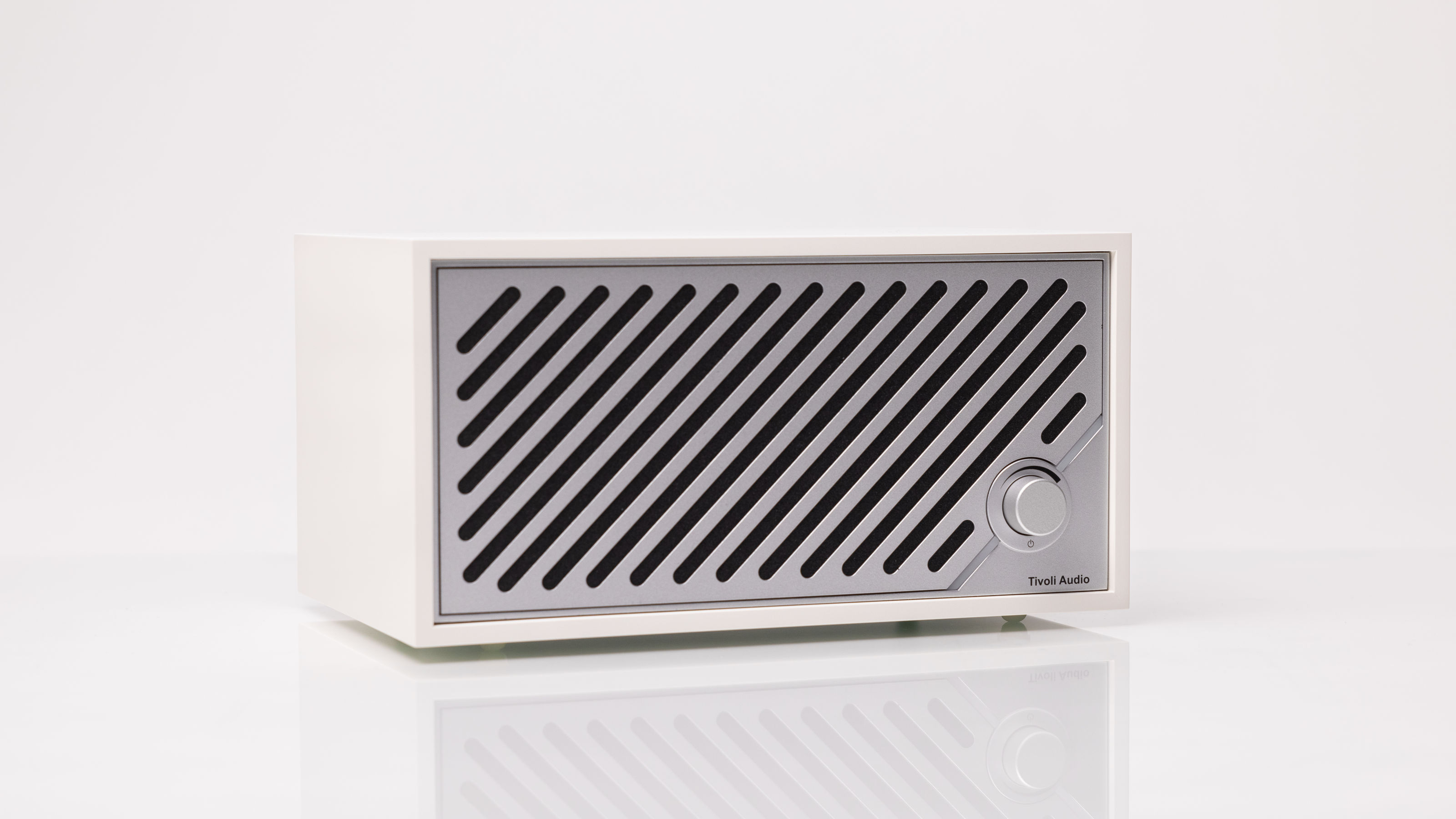
Model Two Digital by Tivoli Audio
DePasquale’s interests and enthusiasm helps give Tivoli an essential edge in a world of audio homogeneity. Would he ever consider taking the company even further into the world of music production? ‘I’ve always had a passion for that and wondered what Tivoli could do in that sphere.’ For now, the SongBook’s ability to double up as an amp is a hint of things to come.
Tivoli SongBook, €449, SongBook MAX, €699, Model Two, $449, TivoliAudio.com
Jonathan Bell has written for Wallpaper* magazine since 1999, covering everything from architecture and transport design to books, tech and graphic design. He is now the magazine’s Transport and Technology Editor. Jonathan has written and edited 15 books, including Concept Car Design, 21st Century House, and The New Modern House. He is also the host of Wallpaper’s first podcast.
-
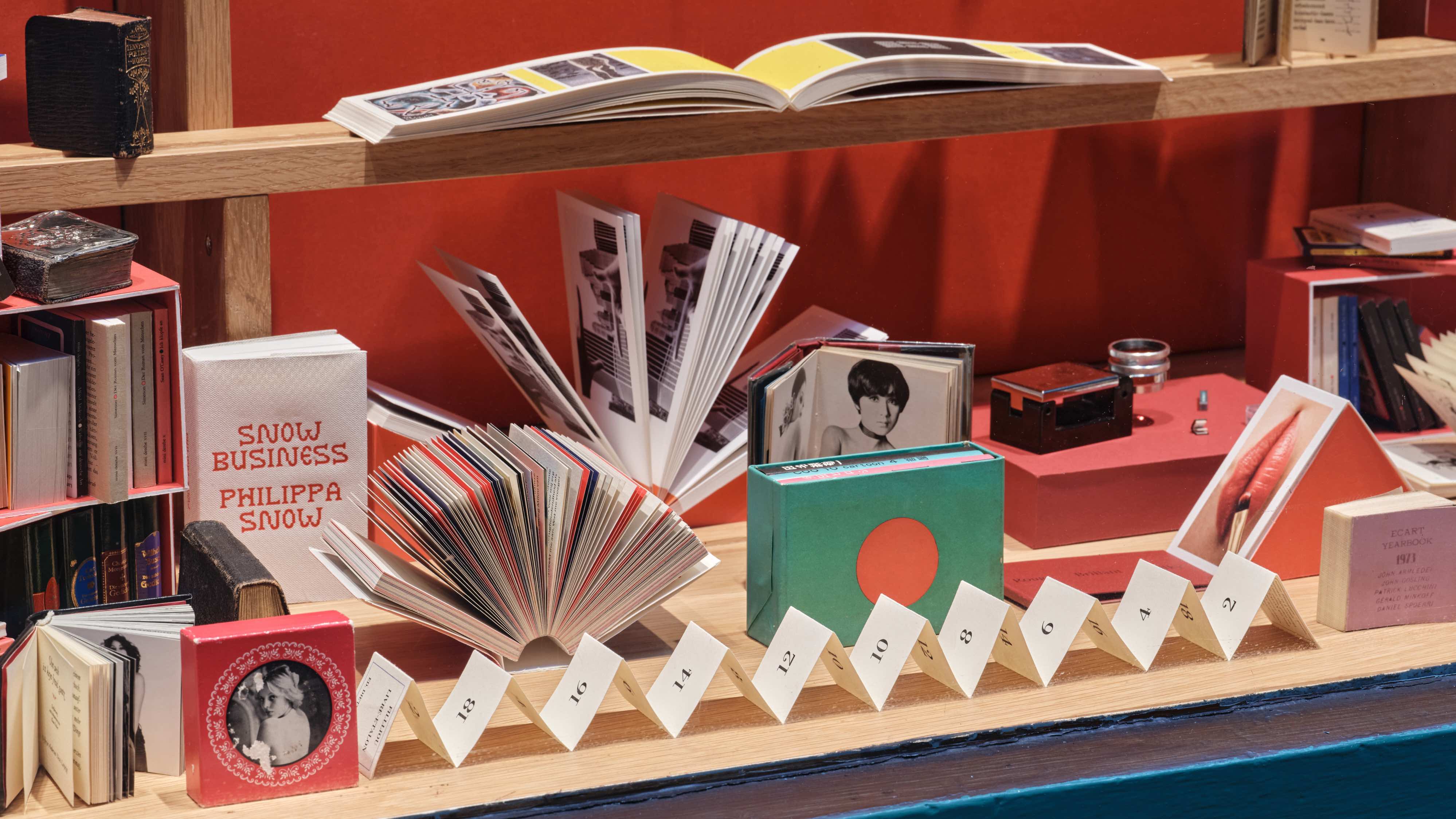 Veronica Ditting’s collection of tiny tomes is a big draw at London's Tenderbooks
Veronica Ditting’s collection of tiny tomes is a big draw at London's TenderbooksAt London bookshop Tenderbooks, 'Small Print' is an exhibition by creative director Veronica Ditting that explores and celebrates the appeal of books that fit in the palm of your hand
-
 How Beirut's emerging designers tell a story of resilience in creativity
How Beirut's emerging designers tell a story of resilience in creativityThe second in our Design Cities series, Beirut is a model of resourcefulness and adaptability: we look at how the layered history of the city is reflected in its designers' output
-
 A day in Ahmedabad – tour the Indian city’s captivating architecture
A day in Ahmedabad – tour the Indian city’s captivating architectureIndia’s Ahmedabad has a thriving architecture scene and a rich legacy; architect, writer and photographer Nipun Prabhakar shares his tips for the perfect tour